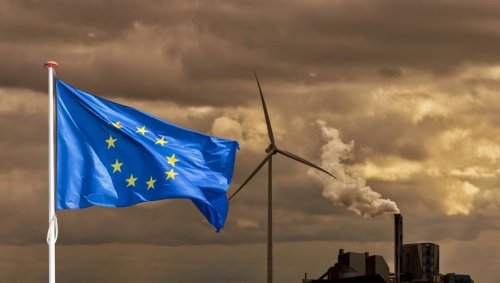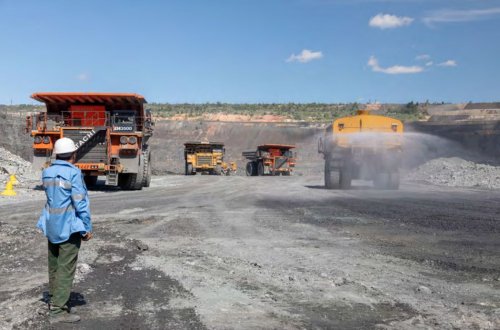The U.S. Department of Energy will provide $10 million to demonstrate a direct hydrogen recovery technology that could potentially reduce the greenhouse gas emissions of a steel plant in Toledo, Ohio, by 90 percent.
The technology combines the use of a solid oxide electrolyzer (SOEC) with an industrial mine direct-recovery furnace and reuse of waste heat to produce hydrogen, according to the U.S. Department of Energy.
"This hydrogen can be reused to produce direct reduction iron. In addition, SOEC does not need scarce platinum group metal catalysts for hydrogen production," the report said.
It is noted that the plant has a production capacity of 1.6 million tons of pig iron per year.
“This project involves the use of hydrogen to decarbonize industry, a key technology sector identified in the National Clean Hydrogen Strategy,” the US Department of Energy emphasized.
The report added that the US approach to developing the hydrogen economy includes tax incentives provided by the Inflation Reduction Act (IRA). As well as ongoing research, development and demonstrations aimed at reducing the cost of pure hydrogen to $1 per kg by the end of the decade.
It is noted that the funding was allocated as part of a large-scale program for decarbonization of industry for $171 million. It includes 49 projects in 21 states. The demonstration project will be led by the University of Wisconsin at Madison.
Earlier, EcoPolitic wrote, that The U.S. Department of Energy will commit $254 million to industrial decarbonization, including $83 million to reduce emissions in industrial sectors that are difficult to decarbonize, and $171 million to fund 49 projects in 21 states.
As EcoPolitic previously reported, the European Commission has approved €6.9 billion in state aid for 33 Hy2Infra hydrogen infrastructure projects in seven countries of the bloc.





